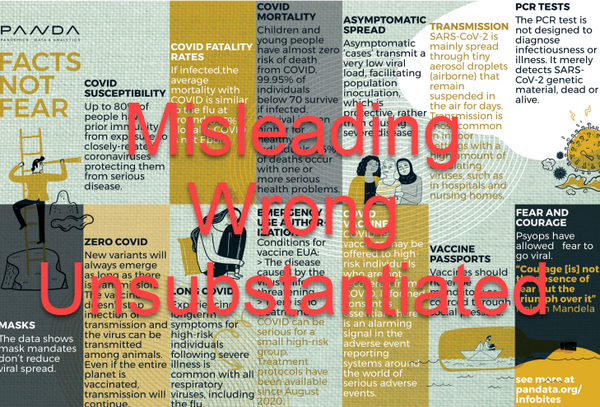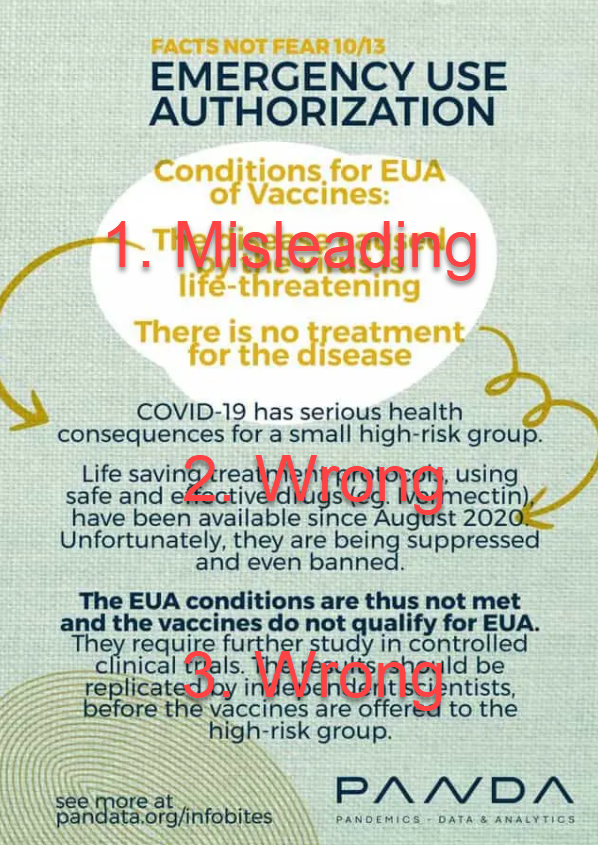Two years of COVID-19 calculations
This week the National Institute of Communicable Diseases (NICD) announced that they are stopping the production of daily reporting with regard to COVID-19.
1/2 For more than two years #COVID19 daily updates have been part of our lives, but not for much longer. With the current phase of the pandemic, we have had to reassess the way we report. That’s why the last daily #COVID19 report will be released tomorrow. pic.twitter.com/v1ycDw09ZX
— NICD (@nicd_sa) July 28, 2022
This may well mean that my (mostly) daily estimates of the reproduction number of COVID-19 in South Africa may cease. Given this I thought I'd take a look back on these calculations and how they started out.
(For the moment I will not discontinue other reports which still work.)
R estimates
These started more than two years ago when I published the first such estimates on my website (different domain back then). I've tracked down the first report that was published on the website and uploaded it here.
That was created on 12 June 2020. It included the code generating the report which may have been useful for others wishing to follow the approach in detail but perhaps not as easy to read.
At that time the cumulative cases in SA was heading towards 100k. The report contained the following graph by province (that included SA as a whole). This is a far cry from the 4m cases reported to date.

The actual R estimates were plotted in rather ugly charts like the one below. Here you can see R based on cases increasing during May and remaining high until mid-June when the report was created. Estimates based on death carried wider confidence intervals. I should not have included those outliers early on in March.

I had been informally sharing the above calculations but started sharing them on Twitter in September I believe. This is the earliest such thread I can find. This one indicating that the R may be above one towards the end of September 2020.
COVID-19 case numbers are starting to trend upwards again in SA (albeit from a lower base). R (the effective reproductive number) estimated using case data provided by NICD is at or exceeding 1 in EC, FS, LP, MP, NC, NW and WC.
— Louis Rossouw (@lrossouw) September 24, 2020
This proved to be a false start to the 2nd wave which would only start in November 2020. This may have been because I was still using cases by reported date back then.
I have tried to automate much of the work as possible, so my dedication has been far less than others such as Sugan who have been doing much of the work on daily basis by hand. Though early on I was manually capturing cases quite often but over time I managed to automate much of the work together with other people involved in this data project.
Work such as that enables the report to be update daily in a mostly automated fashion. Hopefully somewhat improved now compared to the early version mentioned above.
COVID-19 Models
Back then I was also looking at modelling COVID-19 and had uploaded the first draft version of my model on 31 May 2020 (actually predating my R estimates). This was an early draft of a provincial model that I had based off the Imperial College of London's modelling in Italy (and later USA and Brazil). I would update that model regularly (but certainly not daily) until the last version in July 2021.
The early version of the model was still very rough and I guess the biggest issue I have with it now is that I was using reported deaths which as we learnt was much lower than the true COVID-19 toll. Luckily for me this early version of the model did not yet produce estimate of infections and deaths as they undoubtedly would have been wrong!
This work did however help me identify early issues in the modelling being done in South Africa. A number of these models were applying infection fatality rates (IFRs) derived by Imperial College of London researchers inconsistently with the way the research team themselves were applying those estimates. This resulted in underestimating of the impact of COVID-19 of these models (all other assumptions being equal).
I've pointed out this issue with the ASSA model and also see it in the model presented here. Assuming the model used here is resulting in at least 66% attack ratio and ultimately 50k deaths the model has unrealistically low IFR of 0.13%. NYC pop fatal rate is 0.23% for example
— Louis Rossouw (@lrossouw) May 19, 2020
That was a bit of a Cassandra complex moment for me. With the correct application of those assumptions those models would have been much closer to the current death toll over 325,000 (as measured by excess deaths).
Having said all that, all the models were wrong. Some were more useful than others though...
The other thing that has been most perplexing me the last two years is the ongoing spread of disinformation around COVID-19. I have tried blow against the wind a bit, but it's a difficult and not exactly rewarding work.
Anyway it has been a very demanding and intellectually stimulating two years. I've also made contact with many interesting and passionate people along the way. Clearly the world and in particular South Africa has gone through so much. With more than 1-in-200 South Africans dying over the pandemic we all have been touched. I hope the decision to stop reporting cases daily is not too hasty and indeed hope that we would not need to monitor things as closely going forward.



